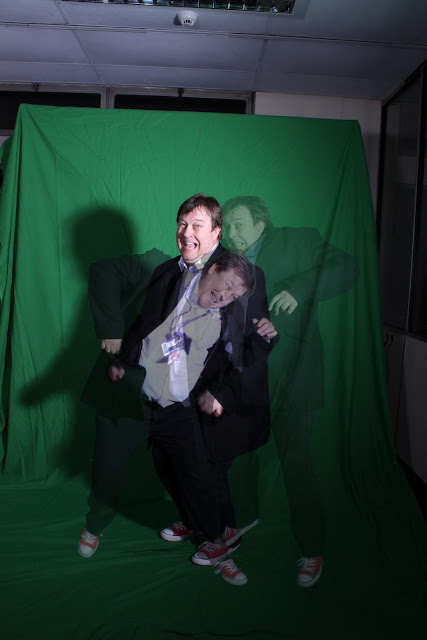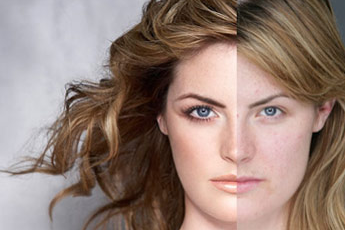Fashion Photography has been popular since 1839. There's always been life of fashionable dress, but the idea of taking photographs to help sell clothing and accessories had just come into play. The invention of the 'halftone printing' process is what really helped fashion photography. The purpose of fashion photography was at one point to sell clothes.
Still life photography focuses on capturing objects on camera that are purposely grouped together to make a certain structure. In order for this type of photography to be at a high standard, the photographer has to have a good sense of lighting and alignment. A photographer can make different textures and use objects to add interest to their work if it be either a normal or boring piece.
Sir Cecil Walter Hardy Beaton was an English fashion and portrait photographer, writer, painter, interior designer and an Academy Award-winning stage and costume designer for films and the theatre. Beaton designed book jackets and costumes for charity performances, learning the professional craft of photography at the studio of Paul Tanqueray, until Vogue took him on regularly in 1927. He was a photographer for the British edition of Vogue in 1931. He also set up his own studio. He worked as a staff photographer for Vanity Fair and Vogue in addition to photographing celebrities in Hollywood.
 |
Cecil Beaton - the quintessential (classic) British photographer. "He help set the template for fashion photography. Packaging a world of decadent beauty and above all selling a dream," says Rankin. He recreated the 1934 photo in Vogue that showed off a white Panama hat. "Beaton brought to it his typical wit and elegance so that what she is wearing is secondary to the beauty of the image." Rankin enlisted the service of pop star and model, Sophie Ellis Bextor to pose as the model as she was ideal for the 1930s and 1940s look.
|
This photograph I want to focus on has two different effects of the White Panama Hat. On the left is the original by Beacon and the other by Rankin.
Rankin first made the image using a 10x8 monorail studio camera and then moved on to digital.
-The first camera they used was unusual because it wasn't the scene or the model who set the style, it was the camera that determined it. When the photo was taken it wasn't instant like the digital cameras, the image was also mirrored and appeared upside down on the camera.
-Ellis-Bextor interestingly commented on how relaxed the whole shoot felt while the 10x8 was in use, with the shoot tensing up when the digital camera was employed. Rankin commented that this actually showed in the models face in the B+W 10x8 image, and was by far the best image for this reason.
-Although Rankin was the photography, it was his assistant Ray Harwood who brought authority to the project.
-
Rankin believed that the 10x8 photo created a puzzling look not achieved in the digital version, due to the slower pace of the digital shoots.


















